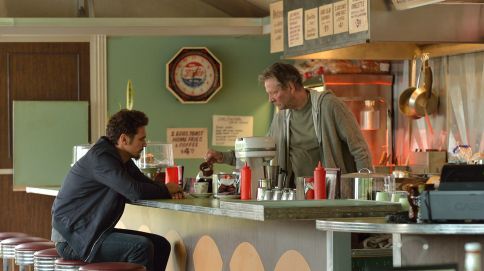--Proverb
Environmental education in the social studies
is increasingly essential given recent developments in climate change research
and the difficulty in distributing resources to an ever-growing global
population. Students need to develop green habits that they can share with
others and carry on into adulthood.
Environmental education gives students a
greater connection to local and global communities, helping increase their
sense of place and involvement. It enhances critical-thinking and
problem-solving skills in the process. Environmental education is linked with
field work, which develops valuable skills and can be connected with other
disciplines, giving students a more interdisciplinary and multidisciplinary
education. With the proper educational framework, students can move from
awareness to action in regards to caring for the environment.
Environmental
education is also beneficial because it has connections to other ministry
initiatives, such as the inclusion of aboriginal history and culture into the
curriculum. It also is in alignment with Foundations for a Healthy School
framework, which emphasizes a healthy physical environment and supportive
social environment for successful learning. On average, children like to be
helpful and feel like their actions are important, and by having them
participate in environmental initiatives in the school and the larger
community, it can give a sense of fulfillment and satisfaction that they are
making a positive impact in the world.
What Might it look like in a Classroom?
Environmental education
and field study could be aligned with the grade 7 Geography curriculum through
the A2 inquiry expectations, where students must “guide investigations into the
impact of natural events and/or human activities that change the physical
environment.” Students could look at their local community and investigate
through analyzing maps, climate graphs, and census data how the environment has
changed in their local community over time, and how these changes occurred e.g.
did the building of a dam change the local habitat, has there been a decrease
in availability of arable land due to new housing developments, etc.
Apart from
developing their data analysis and spatial skills, this inquiry could be
supplemented with visits to various natural habitats or historic sites in the
area to compare and contrast how humans lived in this area before and how they
live now. This incorporates many skills and concepts of both Geography and even
History, while addressing Environmental education in a hands-on way.
Remember too that Environmental education allows a great cross-curricular opportunity with Science, as Environmental education and stewardship is a major component of the Ontario Science curriculum as well. There are many ways to bring up the environment when teaching students, we do all live on Earth so it's kind of hard to avoid really. Any of the Social Studies strands could theoretically involve Environmental education; it's just time to get creative and see what you can do to incorporate those values and concepts.








